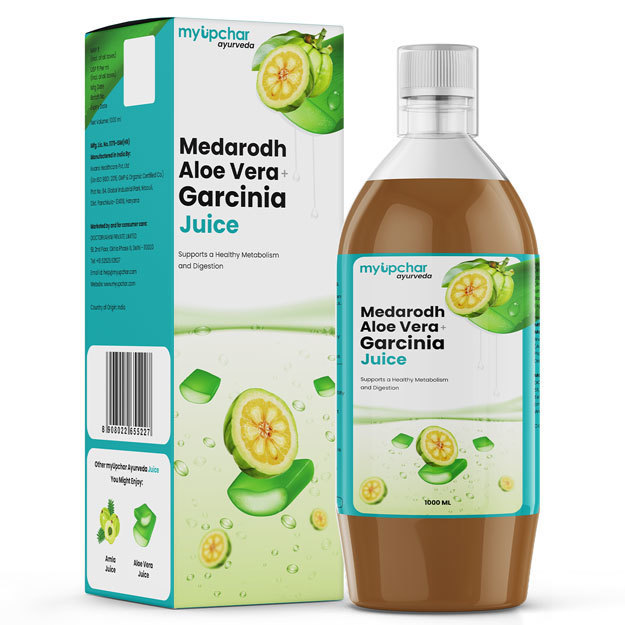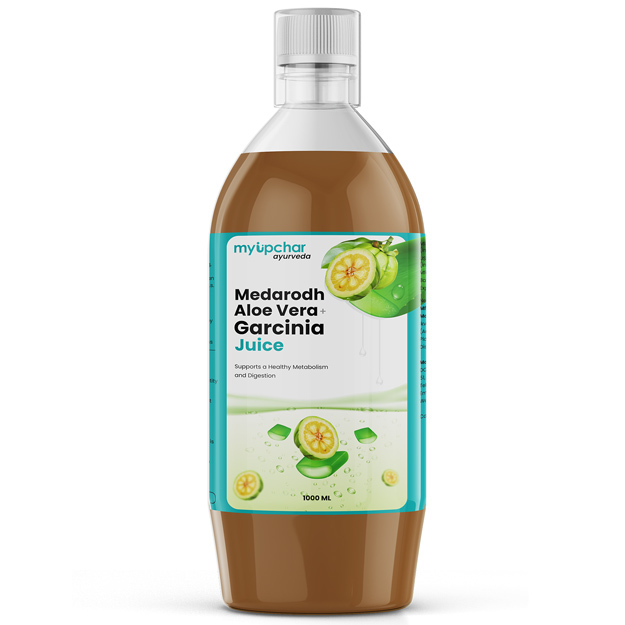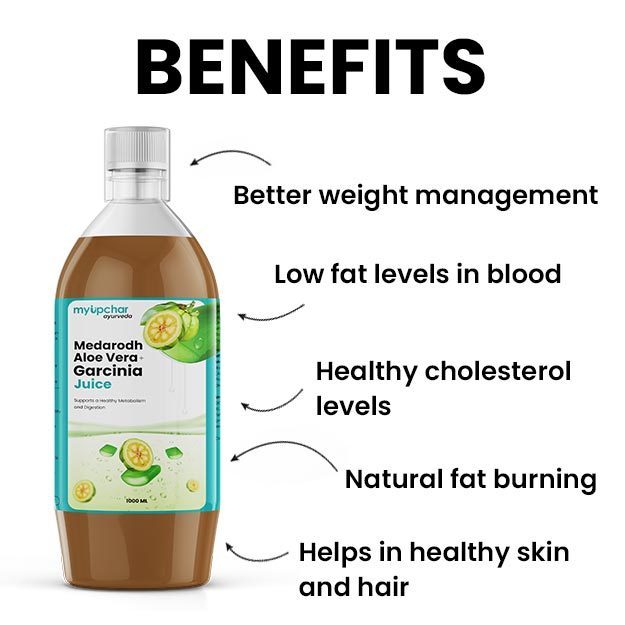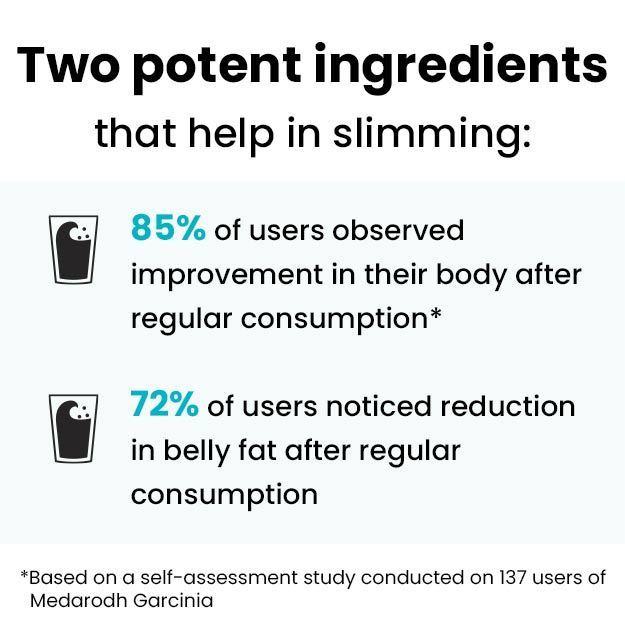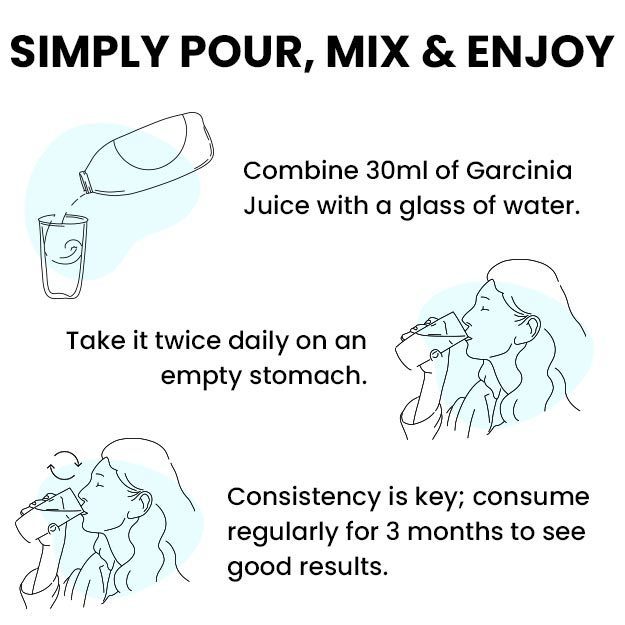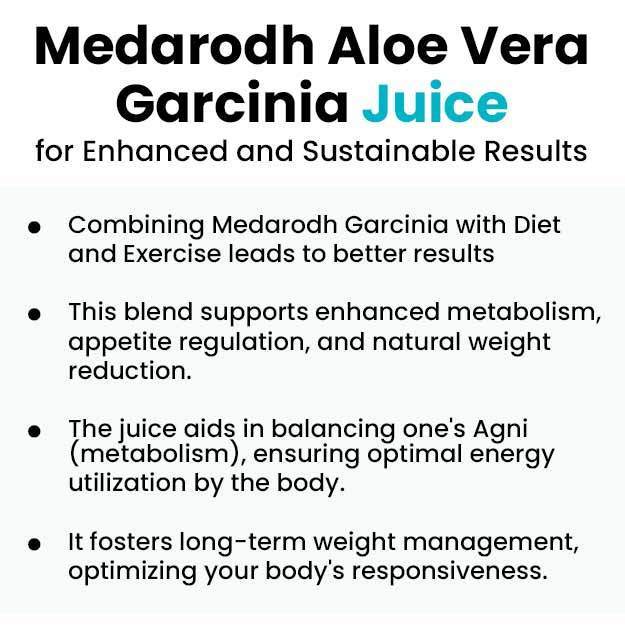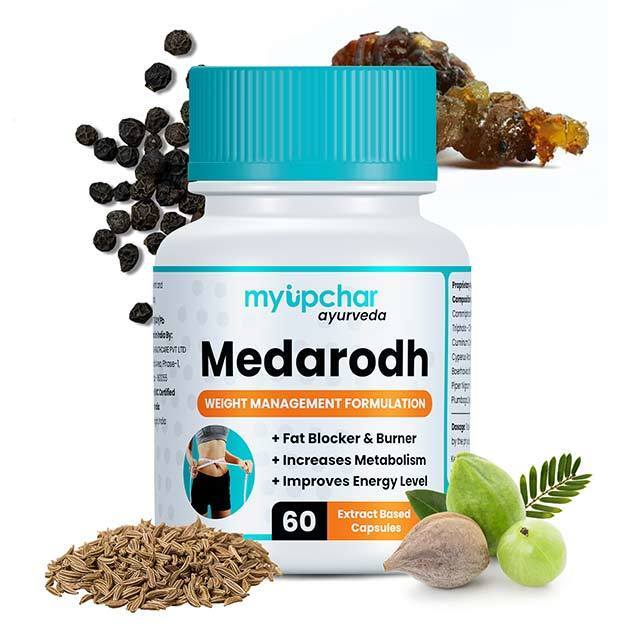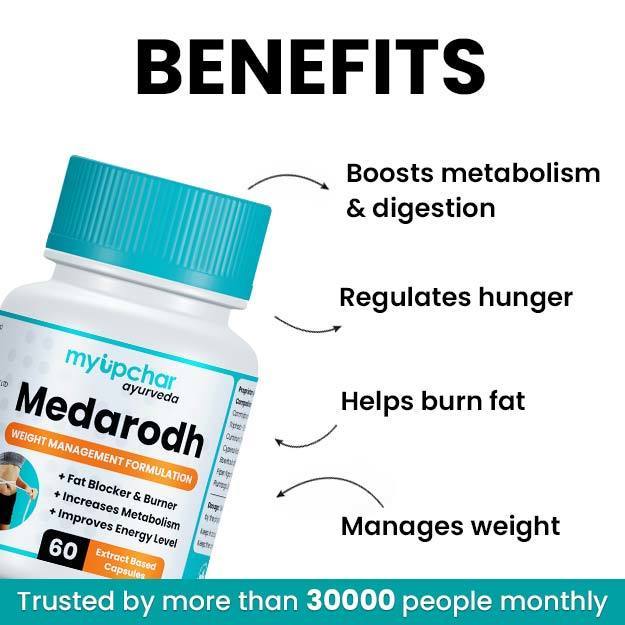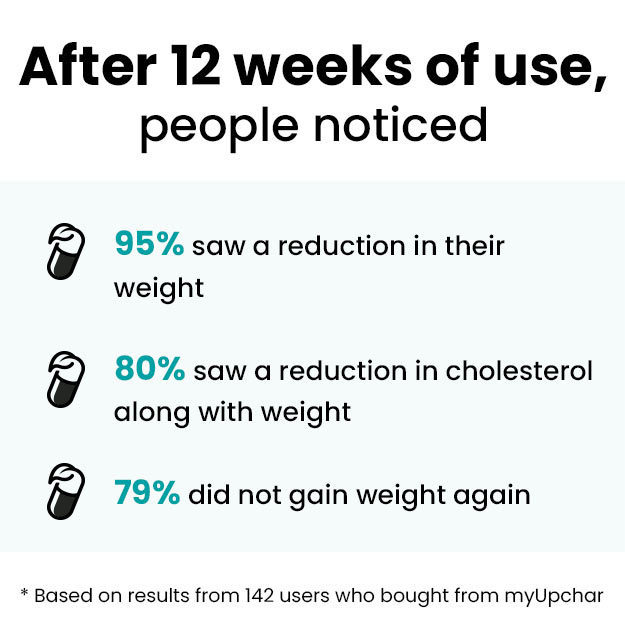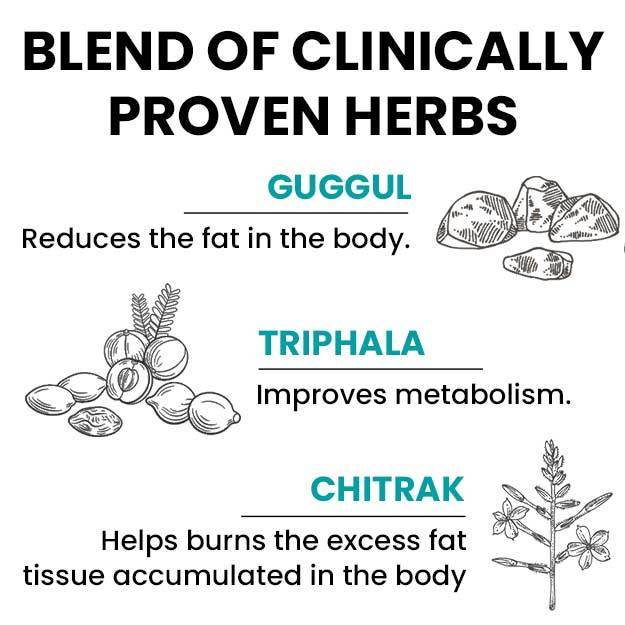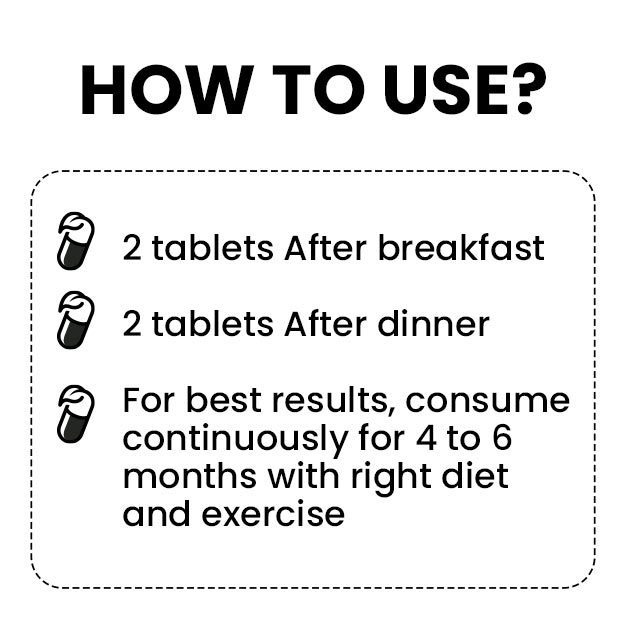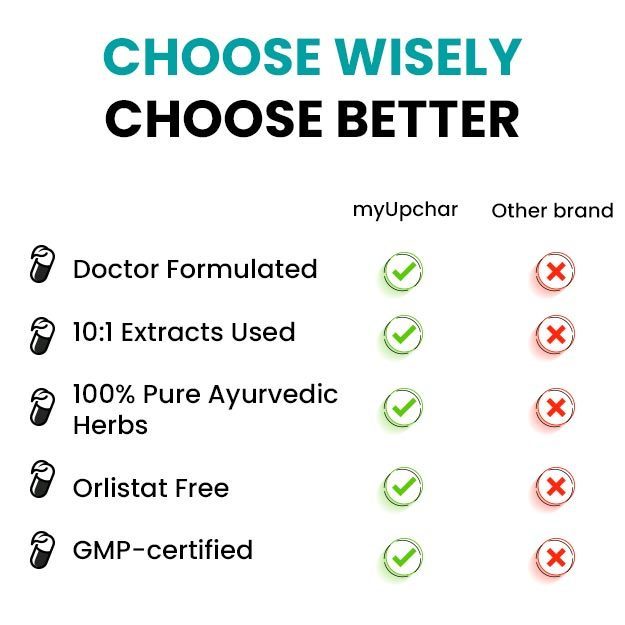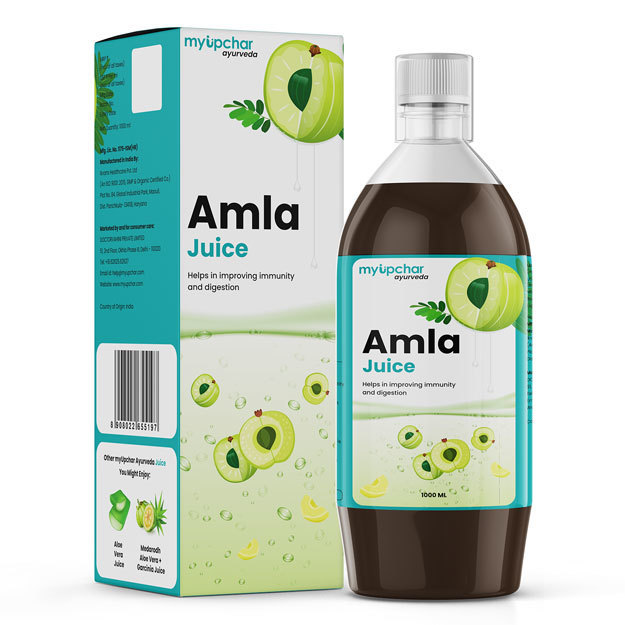Fatty acids, or fats, are chemicals that are hydrocarbon chain compounds. The chemical structure of fatty acids can be described as a chain of carbon atoms joined by bonds with hydrogen atoms attached to them (-C-C-C-). Two broad categories of fatty acids exist – monounsaturated fatty acids and polyunsaturated fatty acids. The term ‘unsaturated’ implies the presence of a double bond joining carbon atoms (-C=C-) instead of the standard single bond (-C-C-). While ‘monounsaturated’ means there is only a single double bond present in the carbon chain of the fatty acid, “polyunsaturated” implies the presence of multiple double bonds between different carbon atoms. As fatty acids are chains, there are two terminal carbon atoms at each end. One of the ends is called the omega end. The position of the carbon-carbon double bond from the omega end denotes the name of the fatty acid. For example, if the double bond of the fatty acid chain is located between the third and fourth carbon atoms in the chain when counting from the omega end, the fat is called an omega 3 fatty acid. A similar principle is used in naming omega 6 fatty acids and omega 9 fatty acids. When unsaturated fatty acids are exposed to the air they become oxidised or rancid and lose their double bonds which confer to them their desirable health benefits. Saturated fats are fatty acids without any double bonds, lack the health benefits of unsaturated fatty acids and are overall regarded as having poor nutritional value. The term ‘essential’ confers that the fatty acid can not be produced by the human body and is essential to be procured from external sources for the functioning of the body. While many fatty acids exist, some are essential and some not (that can be synthesised in the body).
(Read more: Healthy foods)





